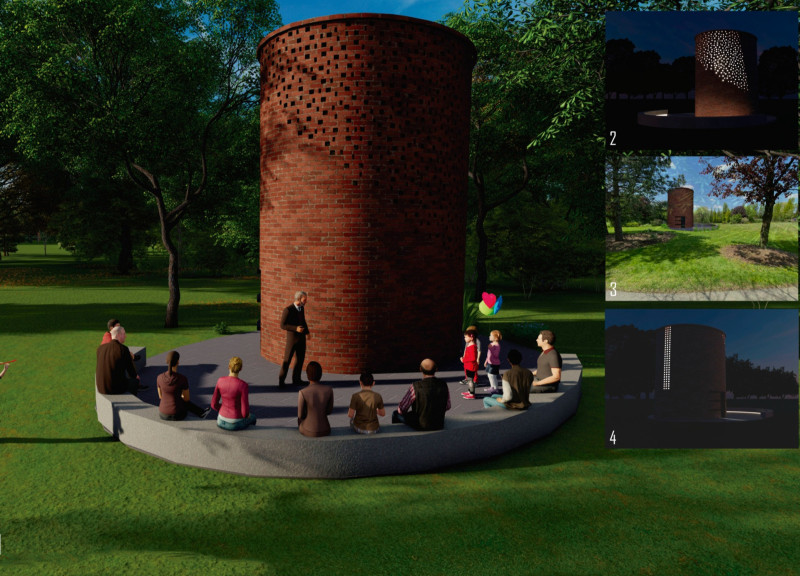5 key facts about this project
In its design, the project incorporates a variety of materials that are critical to achieving the envisioned atmosphere. Concrete forms the structural backbone, providing durability and a sense of permanence. Steel elements are strategically placed to enhance the building's resilience, while expansive glass windows allow natural light to permeate the interior spaces, fostering a connection with the outside environment. This thoughtful integration of materials not only resonates with the aesthetic intentions of the project but also aligns with contemporary sustainability practices, as many selections were made with energy efficiency and ecological impact in mind.
Key architectural details contribute significantly to the overall experience of the space. The entry sequence is designed to welcome visitors, offering a glimpse into the building’s character. Inside, the layout is intuitive, with open common areas that encourage interaction among users. Such spaces are characterized by a blend of functionality and comfort, featuring flexible furniture arrangements and adaptable spaces that can cater to various activities. In terms of private areas, the design takes into consideration the need for privacy and tranquility, positioning these rooms strategically to benefit from natural light while minimizing noise disruption.
Unique design approaches are evident throughout the project, making it stand out within the architectural landscape. Employing a modular design strategy, the architecture allows for expandability, reflecting the evolving needs of its users while maintaining coherence within the overall structure. This adaptability is coupled with an emphasis on verticality and spaciousness—high ceilings and an open floor plan create a sense of freedom within the confined structure.
The project also embraces innovative technological solutions to enhance the overall user experience. Smart building systems are integrated throughout, managing lighting and climate control to optimize comfort and energy consumption. Attention to acoustic privacy is reflected in the thoughtful placement of sound-absorbing materials, ensuring that different spaces serve their intended purposes without interference.
On a micro-scale, the detailing of fixtures and finishes contributes to the project's character. Materials such as wood and stone, carefully selected for their tactile qualities, add warmth to the visual palette, inviting engagement from users and enhancing the sensory experience. This curated selection of finishes can be seen in the flooring, where local materials echo the geographical context, creating a direct connection between the architecture and its location.
The architectural design elicits a palpable sense of place, inviting visitors to engage with it on multiple levels. Its construction is not merely functional but engages the imagination, allowing users to form personal connections with the space. The balance of openness and intimacy illustrates a nuanced understanding of human behavior, facilitating interaction while also providing refuge.
To gain further insight into the project, including its architectural plans, sections, and overall design principles, it is encouraged to explore the detailed presentations available. These resources will provide a comprehensive understanding of the architectural ideas that underpin this project, illustrating how thoughtful design can enhance both functionality and experience in a contemporary architectural context.


























